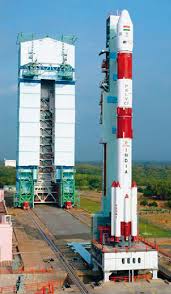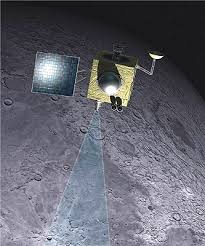 ndrayaan II is now in the offing, as Dr. K. Kasturirangan, former ISro Chief, has stated that even with the failed previous moon mission, much technology and scientific gains have been achieved for the successful launch of second such satellite by India. Claiming that Chandrayaan-I was a successful mission, the scientist-turned policymaker said, it helped mapping 50 per cent of the moon surface and 90 per cent of the mineralogy of the celestial body.
ndrayaan II is now in the offing, as Dr. K. Kasturirangan, former ISro Chief, has stated that even with the failed previous moon mission, much technology and scientific gains have been achieved for the successful launch of second such satellite by India. Claiming that Chandrayaan-I was a successful mission, the scientist-turned policymaker said, it helped mapping 50 per cent of the moon surface and 90 per cent of the mineralogy of the celestial body.Dr. Kasturirangan was of the view that the mission was complete as far as infrared coverage and radiation monitoring dosage was concerned. For the first time a satellite cold come as low as 100 km from the moon surface, he said, adding that the earlier missions could reach up to 200km. "This gave us the opportunity to monitory every aspect of the moon surface," he said. Even the failed mission gave scientists substantial knowledge to take corrective steps for the next mission target the broadest of achievements.

Dr. Kasturirangan, however, claimed that the quality of imagery gathered from Chandrayaan-I is comparable with best in the world so far achieved. "In a period of 5 to 10 years the country has a plan to go aggressively in space sciences, Altogether 30 small satellites are in the pipe line and one or tow large satellites are in the process of launch," Dr Kasturirangan said.
The proposal to send this mission was approved by the government in November 2003 and abut Rs. 386 crores was spend on the mission from the conception to the execution stage. The design life of this spacecraft was two years, meaning it was expected to remain in the orbit at least up to October 2010

No comments:
Post a Comment